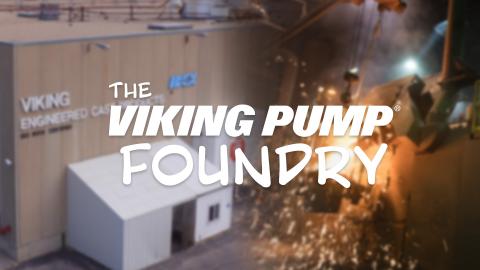Övertrycksventil
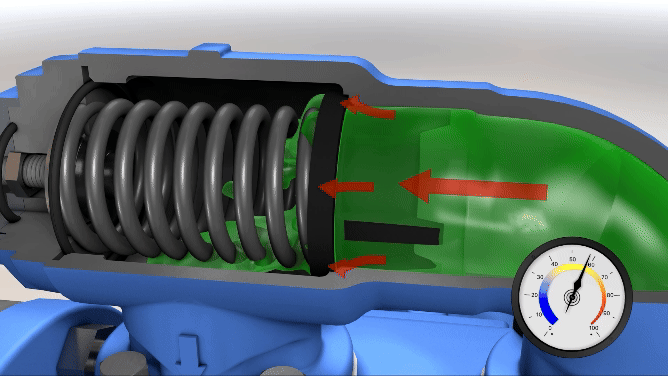
En mekanisk anordning som är utformad för att leda om flödet vid ett övertryck i pumpens utloppsport. Klicka här för att se vår video om hur det fungerar
What is a pump relief valve?
A relief valve (or pressure relief valve) is a mechanical device designed to bypass flow in the result of an overpressure condition at the outlet port of the pump.
Watch a video about relief valves here.
How to relief valves on pumps work?
In a process, if the liquid is prevented from being delivered by a blocked or closed discharge line, pressure can build. This buildup of pressure can stall the motor, damage drive equipment, damage the pump, or even burst hoses or piping. To prevent this, pressure relief valves a common choice. The valve consists of several key components: The valve body which houses the internals and connects the valve to the pump, a moving poppet, one or more springs, and an adjusting screw to compress the springs and adjust the pressure setting.
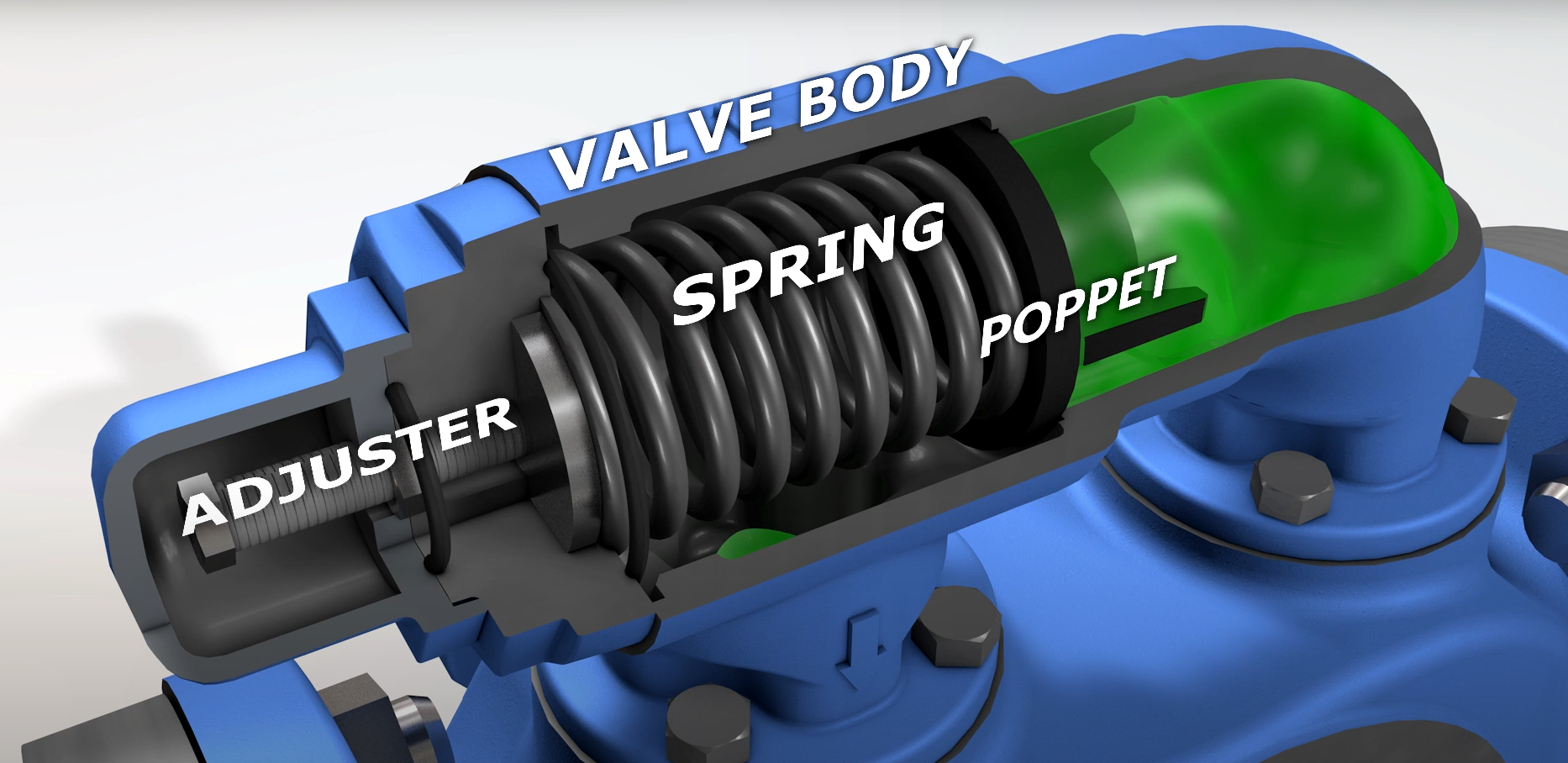
As pressure at the valve inlet increases, it eventually reaches a point where the spring compresses slightly, moving the poppet and bypassing a small amount of pumped liquid. This is known as the “cracking pressure” of the valve. In an internal relief valve, this flow is diverted back to the suction side of the pump. If pressure continues to build, the valve will open more to divert more flow back to the suction side. If the discharge line is blocked or closed entirely then 100% of the pump’s capacity is cycled through the valve. This is called the “full bypass pressure." When the pressure returns to normal, the spring moves the poppet to close the valve and the pump returns to full capacity.
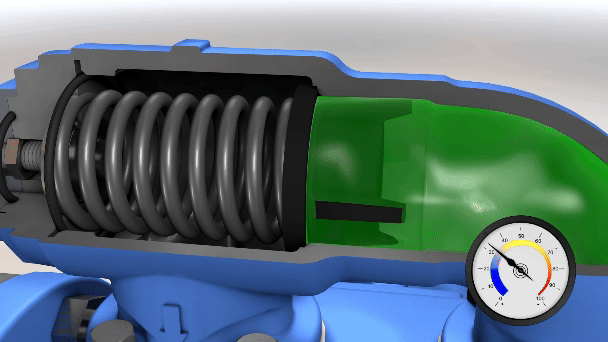
What is cracking pressure?
Cracking pressure is the pressure level at which a pump relief valve begins to open and bypass liquid.
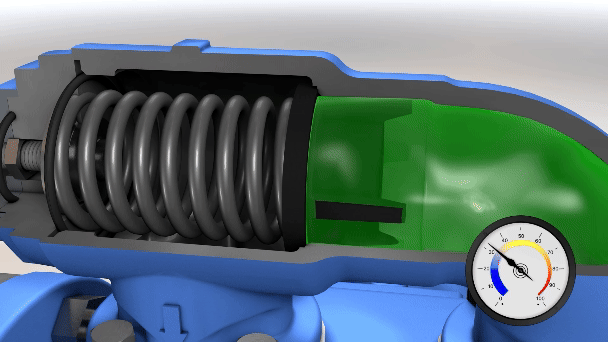
How to calculate the appropriate relief valve cracking pressure
This value can be given by the user or established at 10-15% above the maximum differential pressure for pumps with internal relief valves or the maximum discharge pressure for pumps with return-to-tank valves or in-line system valves.
What is full bypass pressure?
Full bypass pressure is the pressure at which the entire capacity of a pump is bypassing through the relief valve. In other words, this is the maximum differential pressure rating for pumps with internal relief valves or the maximum discharge pressure rating for pumps with return-to-tank valves or in-line system valves.
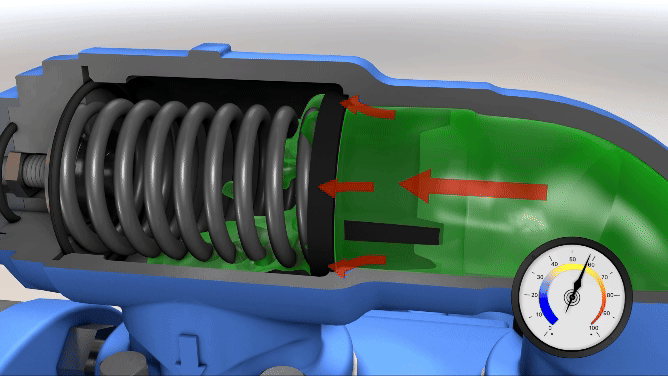
How to calculate the relief valve full bypass pressure
This value is entirely dependent on the valve being used, the spring in the relief valve, and the capacity of the pump.

